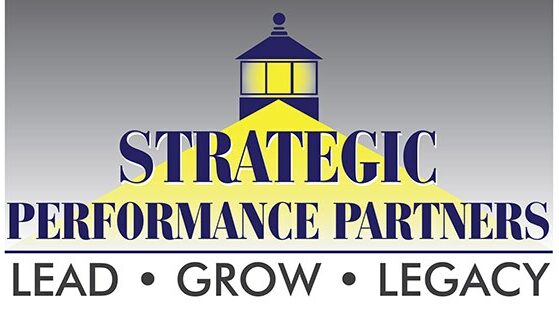
When you think about entrepreneurs who changed the world, Steve Jobs comes to the top of our list. His ability to share new ideas and build a strong group of product and service evangelists is unequaled in the history of business. His new product presentations helped make Apple one of the most valuable organizations in the world. He not only mastered the language of innovation, but emotionally connected to his market through his presentations. How helpful would it be for you to move people with your ideas? I thought I would share several techniques s Steve used to influence others.
The first technique is he grouped his ideas into threes. When making a point he would focus on three points he wanted to make and then group them together in his presentation. This made his presentation easier to follow but also easier to share and remember later. When presenting your ideas you can do the same thing with a little planning in advance. One of my favorite threes is past, present, and future when putting together an executive briefing. This structure helps build context and connection through your presentation. When doing your research you can group your key points by category and then pull the most powerful information out of your research. These grouping allow you to break down complex ideas into simple structures and make eat easier for your listeners to organize and remember your points.
The second technique Steve used was he kept his slides simple. Carmine Gallo in his breakthrough book The Presentation Secrets of Steve Jobs calls this concept create Twitter like headlines. To do this, you should consider what you put on your presentation slides. Steve usually put a single line and a single visual. This would allow the audience to focus on what he was saying and not reading the slide behind him. Too many leaders spend their time trying to cover everything on a single slide versus looking and building on the reactions of the people who are listening to their presentations. Steve was masterful at timing and pausing for impact. He was careful to slow the presentation down or speed it up based on his perceptions of what was happening in his audience.
The final technique is breaking your presentation down into smaller segments. Steve’s segments would go between eight to ten minutes then a natural break. He understood that people could only maintain concentration for a limited time and he built his presentations so the audience got a brief pause between ideas. He used humor, a story, or an image to break the audience’s concentration. You can also do this by not planning to use all the time presenting. I’ve seen speakers present their ideas and then ask for questions. This allows for increased audience interaction and keeps people engaged in the conversation. Today, people have shorter attention spans and are more interested in participating in a conversation than attending a presentation. If you build this into your presentation development, you build a strong reputation as someone who should be presenting ideas both inside and outside your organization.
If you think you might like to know more about giving great presentations and helping move your ideas forward, join me at a presentation I’m giving on March 20 at The Delivering High Performance Collaboration Conference. The program features many great presenters on innovation and collaboration and should help you keep up with leading edge strategies on what’s happening in organizations today. You can find out more at their website.
Next Tuesday, I talk about how to recruit great people to your advisory teams. I think you’ll find it helpful as you take your organization to the next level of success.
